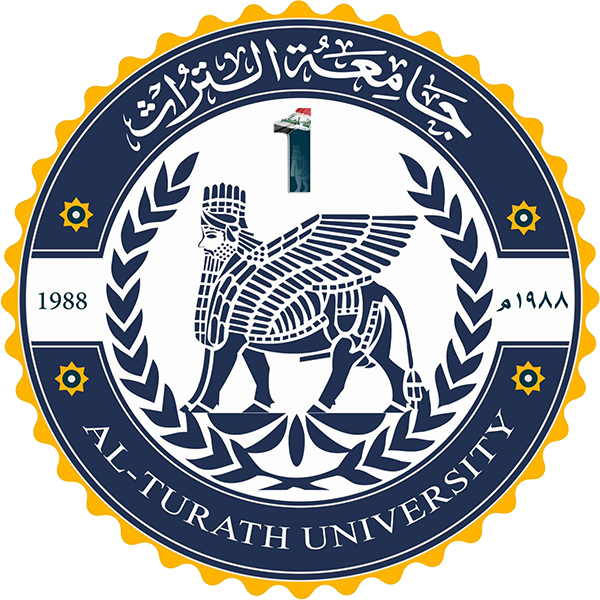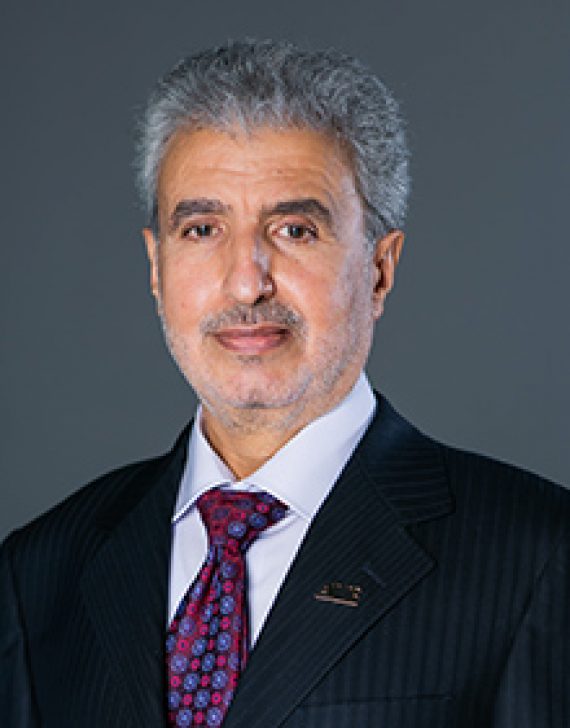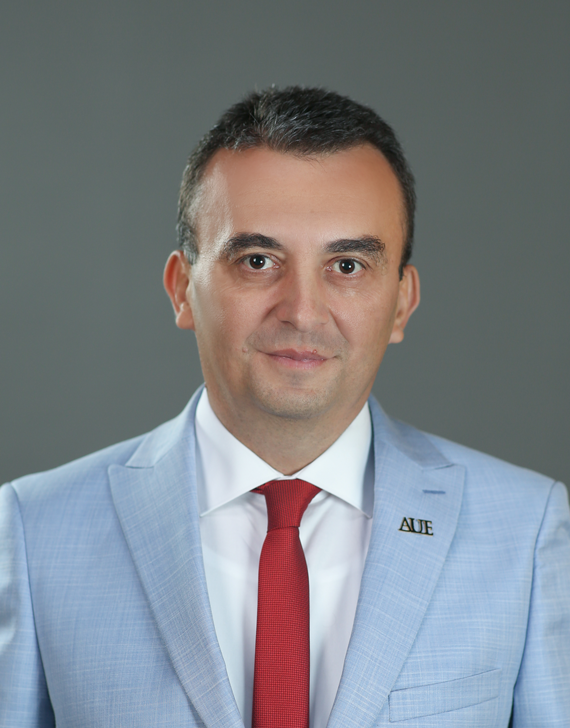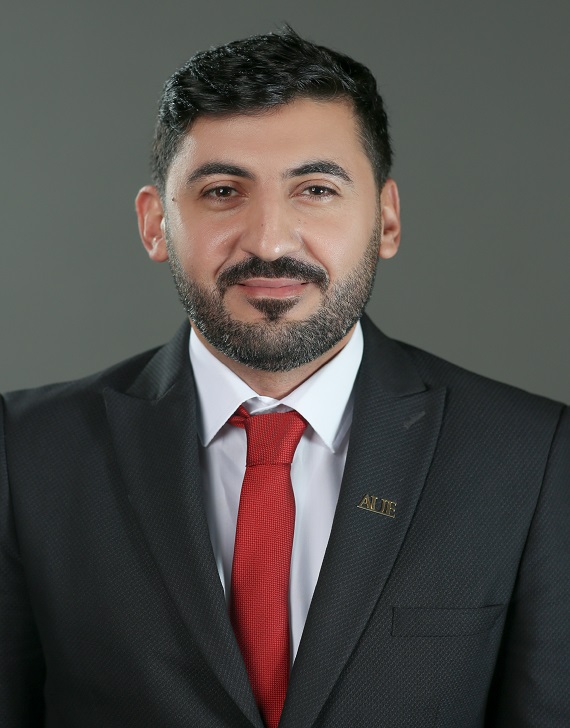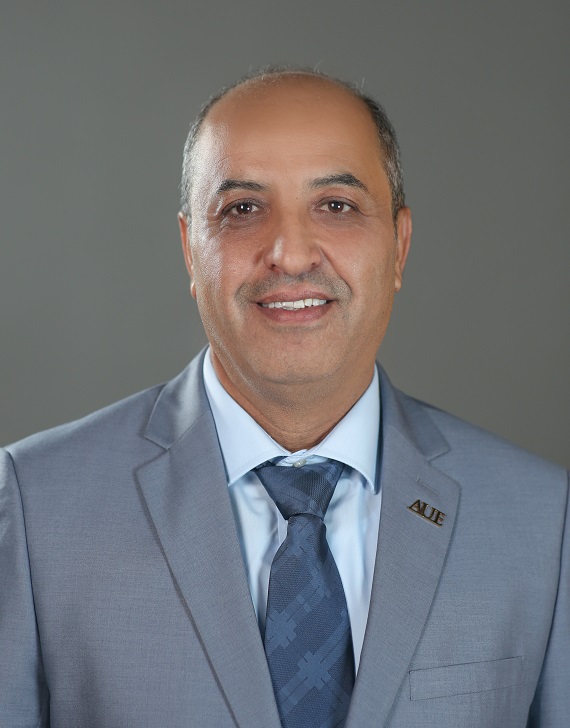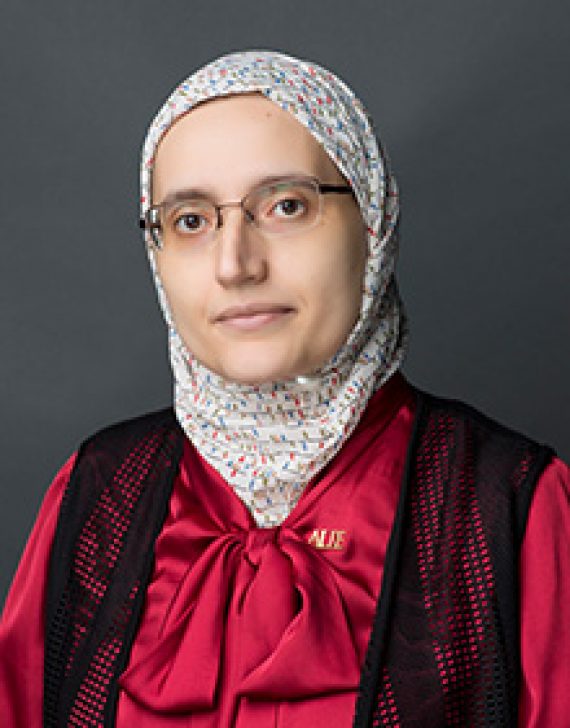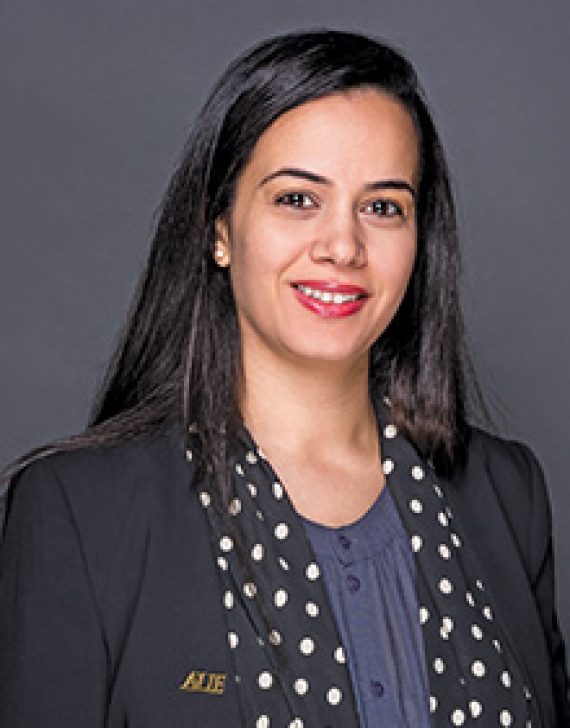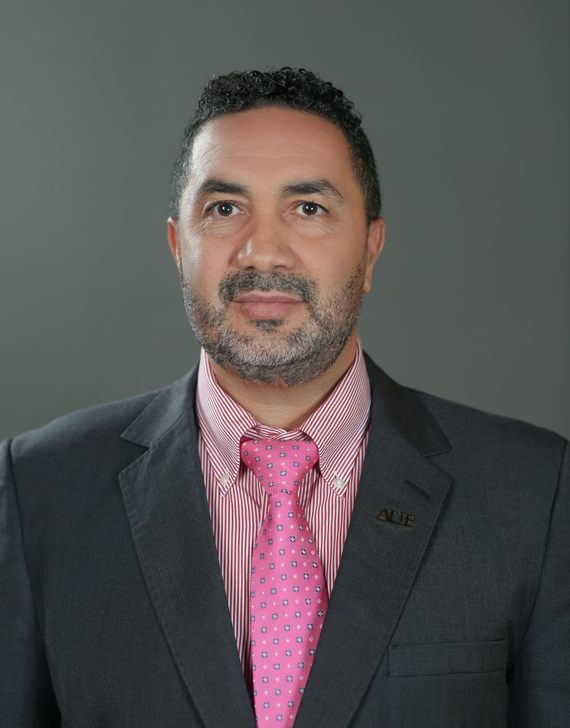Master in Intellectual Property
- Overview
- Program Structure
- Accreditations
- Faculty
- Admission
-
Duration
2 Years
-
Classes
Weekday | Weekend
-
Fees
Tuition (One Semester) ……… Approx. 41,000 AED
One academic year is two semesters
Admission (One Time) ……… 3,500 AED
Leaders Believe Nothing is Impossible
Master in Knowledge Management (MKM) is designed to graduate qualified professionals who are seeking a multidisciplinary degree. The Program offers integrated curricula that expose students to diverse disciplines and the theory and practice of Knowledge Management
Program Goals
Goal 1: Meeting needs of the local and regional market from experts and specialists in the various fields of intellectual property.
Goal 2: Developing scientific research in the field of intellectual property in accordance with the legal rules valid in UAE through supporting Master’s theses, and emphasizing on comparative analytical studies.
Goal 3:Establishing a legal center specialized in Gulf legal studies in the field of intellectual property to contribute to preparation of Master’s students in this field.
Goal 4: Supporting the protection of intellectual property and making the academic program as the axis of the intellectual property development in the UAE and GCC countries through providing consultations, holding academic and occupational conferences for the stakeholders within the social service framework.
Program Learning Outcomes
- Explain the knowledge in the field of intellectual property in an in-depth and comprehensive manner.
- Analyze the contemporary knowledge of scientific research to be a basis for constructive critical thinking and familiarity with the latest developments in intellectual property, professional practice and knowledge production to find new concepts and solutions to emerging challenges
- Prepare scientific research in the field of intellectual property in line with legal research methods and the requirements of scientific integrity
- Present the ability to carry out legal duties objectively, impartially, and independently through interactive and self-learning applications
- Create legal solutions in cases and modern methods in order to take appropriate measures and decisions in accordance with the texts, rulings and judicial principles.
Program Structure
Course Category
Bridging Courses
Core Courses
Free Electives
Thesis 1
Thesis 2
Total (Excluding Bridging Courses)
Total Number of Courses
9
7
2
1
1
Total Number of Credit Hours
22
21
6
3
6
36 Credit Hours
- Bridging Courses
- Core Courses
- Free Electives
- Thesis
The second part of the curriculum includes a detailed and in-depth study of one of the topics of the first part, such as the international registration of trademarks, licensing for utilization of trademarks, geographical indications registration methods, international conventions related to trade names and trademarks. It also includes presentation and analysis of samples of decisions by national and international courts regarding trademarks and trade secrets.
The curriculum also provides experiences of some countries in this field and the results they have achieved, as well as several topics including international standards for the implementation and enforcement of intellectual property rights, practices in national jurisdictions, international litigation and arbitration procedures for trademarks, copyrights, patents, civil procedures in national laws and international agreements, border procedures, penal procedures in national laws and international agreements, and applicable law on copyright and related rights, computer software, and conflict of laws in the field of international publishing contracts for literary and artistic works and other works.
The course also includes a detailed and analytical study of several topics including exceptions to copyrights, licensing the use of copyright in the digital environment and how to protect it from hacking and what has been settled by the local and international judiciary in this field. The curse also enables the students to understand the collective management of rights and what has settled in WIPO and international agreements for copyright protection in the digital environment
The curriculum also covers a detailed and analytical study of some topics, including exceptions to related rights, licensing in the digital environment, protection of related rights in the digital environment and methods of protection such as civil protection of related rights, compensation lawsuit and procedures, methods of compensation and penal protection for neighboring rights, infringement of rights holders, established penalties and international treaties on the protection of neighboring rights holders and the Rome Convention for the Protection of Performers, Producers of Phonograms and Broadcasting Organizations (1961).
The curriculum also provides experiences of some countries in this field and the results they have achieved, as well as several topics including procedures for applying for a patent, the implications of granting a patent, the compulsory license to exploit the patent, and the international agreements in this regard.
The curriculum also provides experiences of some countries in this field and the results they have achieved, as well as several topics including Rights granted to owners of industrial designs and designs, international protection for industrial designs and designs, and international treaties on industrial designs and designs such as the Paris Convention for the Protection of Industrial Property (1883) and the Hague Agreement Concerning the International Registration of Industrial Designs (1925).
The students are assigned to prepare legal research using the approved research methods, and then present it orally to his colleagues
The curriculum also provides experiences of some countries in this field and the results they have achieved, in addition to a detailed and in-depth study in several topics including digital works and methods to protect them legally and technologically, the most prominent international bodies working in the protection of copyright and related rights in the digital environment, the role of international agreements in the protection of digital works -Berne Convention for the Protection of Literary and Artistic Works and TRIPS Agreement- and technological measures to protect digital works.
The curriculum also provides experiences of some countries in this field and the results they have achieved, as well as a detailed and in-depth study in several topics including the emergence of patents and trademarks in the pharmaceutical sector, the legal regulation of the licensing contract for the exploitation of patents, data protection, recent developments in international privacy regulation, personal data or anonymous information, transfer or sale of personal data, liabilities and compensation, regulatory limitations, quality assurance restrictions necessary for medical product development and drug manufacturing, clinical investigations, the United States Food and Drug Administration, European Medicines Agency and UAE Ministry of Health and Prevention.
The curriculum also provides experiences of some countries in this field and the results they have achieved, in addition to a detailed and in-depth study in several topics including unfair competition, legal regulation in national legislation, international agreements, Intellectual property agreements in force in the context of economic development, intellectual property and theories of justice, examples of the negative economic effects of infringements of intellectual property rights and unfair competition
Also, the curriculum covers a detailed and in-depth study several topics including the mechanism of work of the entities responsible for the protection of plant varieties, the role of the International Union for the Protection of New Varieties of Plants (UPOV), procedures for registering new plant varieties, the effect of registration, duration of protection and identifying technical aspects including Distinctness, Uniformity and Stability (DUS) Testing, UPOV Guidelines, field testing, biochemical and molecular techniques statistics, data analysis, reporting and exploitation of plant breeders’ rights, breeders’ rights versus farmers’ rights, researcher rights, farmers’ rights and communities’ rights.
The curriculum also provides experiences of some countries in this field and the results they have achieved, in addition to a detailed and in-depth study in several topics including legal means to protect trade secrets in UAE legislation such as civil protection and penal protection resulting from the protection of trade secrets, precautionary measures, compensation for damages, penalties.
Recommended Study Plan
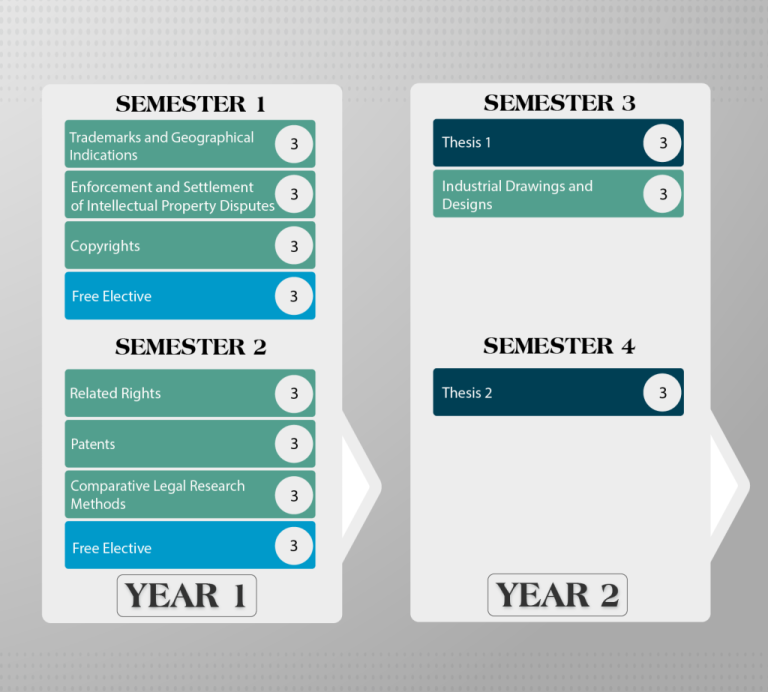
Accreditations
The American University in the Emirates is licensed by the UAE Ministry of Education – Commission for Academic Accreditation | caa.ae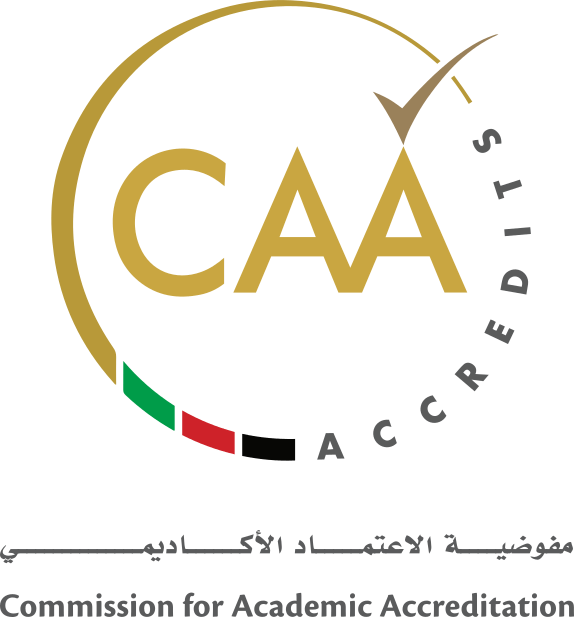
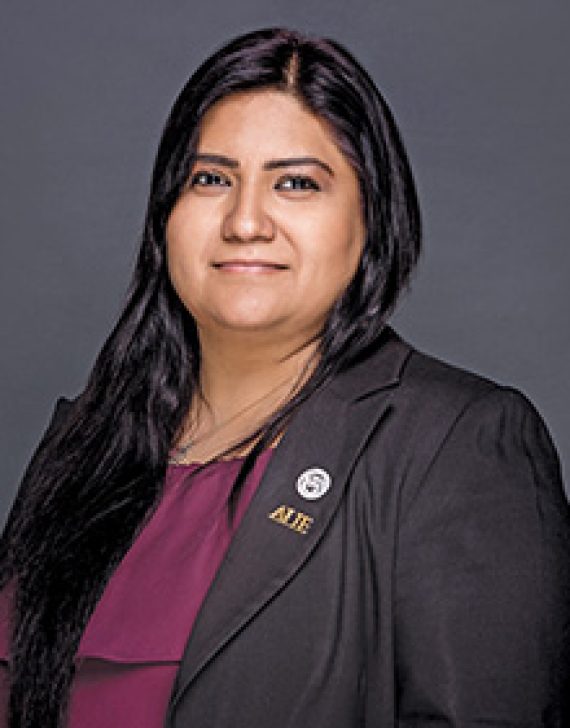
Prof. Asma Salman
Professor / Dean

Prof. Munther-Momany
Professor / Program Director - Master of Business Administration

Prof. Sung IL Hong
Assistant Professor / Program Director - Master of Sports Management
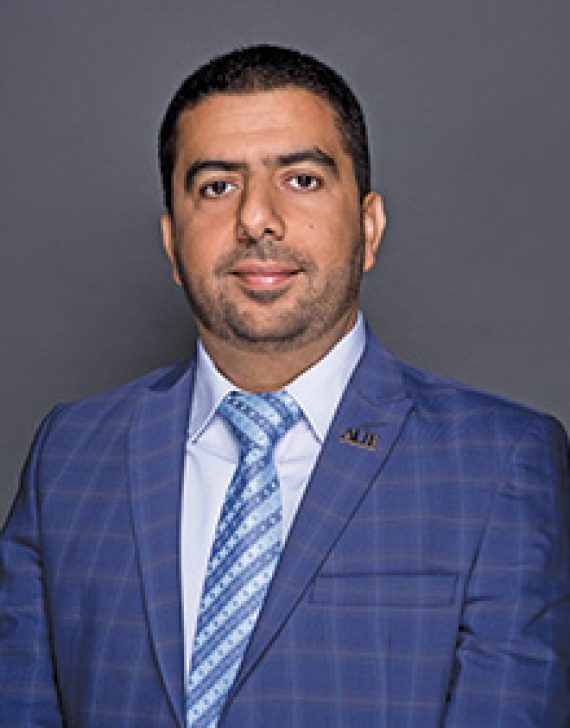
Dr. Azzam Hannon
Associate Professor / Department Chair of Accounting and Finance

Dr. Nikolina-Ljepava
Assistant Professor / Department Chair of Management
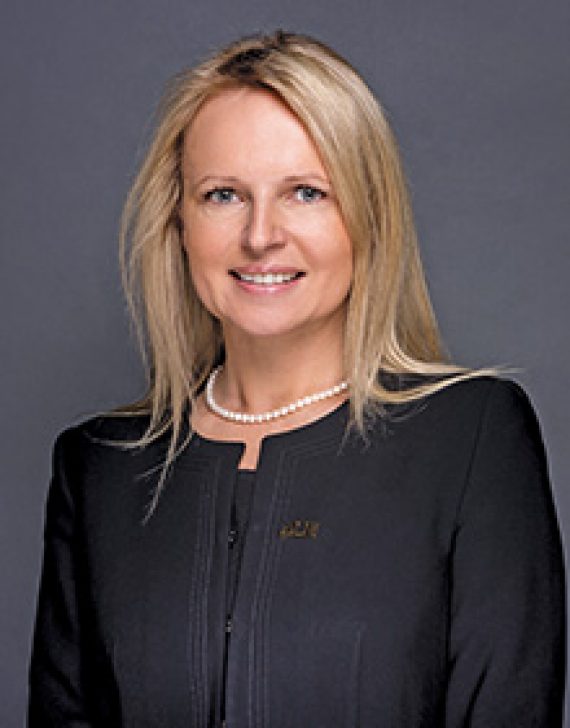
Dr. Edyta Skibińska
Assistant Professor / Specialization Coordinator - Hospital and Healthcare Management
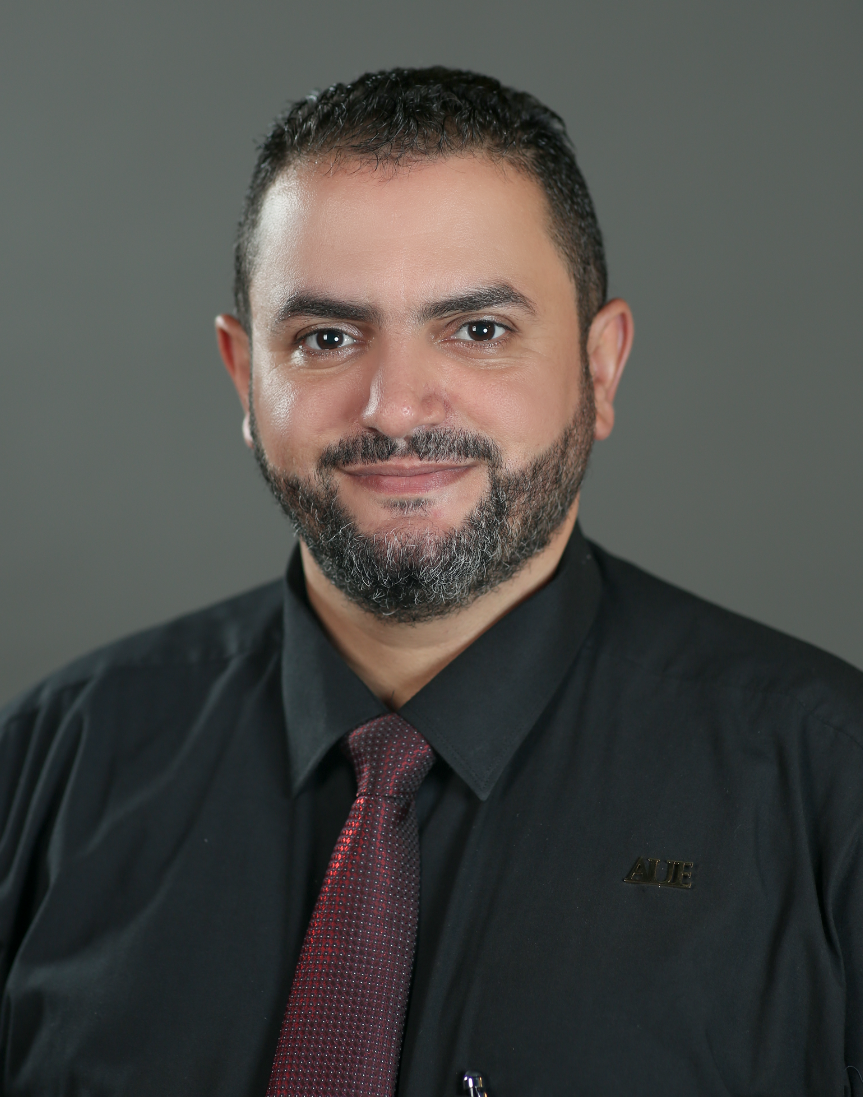
Dr. Mohammad Alsmairat
Assistant Professor / Specialization Coordinator - Logistics and Supply Chain Management

Dr. Riad-Al-Chami
Assistant Professor / Specialization Coordinator - E-commerce and Marketing

Dr. Samer Kobrossy
Assistant Professor / Specialization Coordinator - Business Management
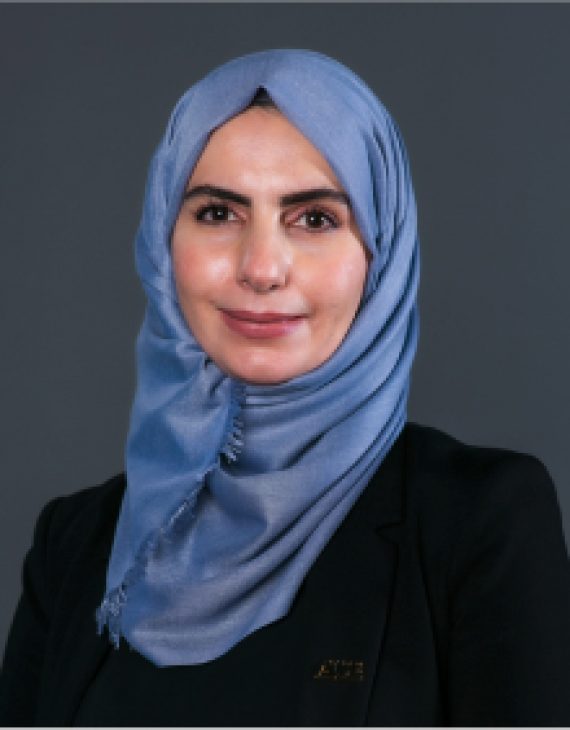
Dr. Tamara Mohammad
Assistant Professor / Specialization Coordinator - Human Resource Management

Dr. Alaa Mushtaha
Assistant Professor / Director of Innovation & Lifelong Learning (RYADA)
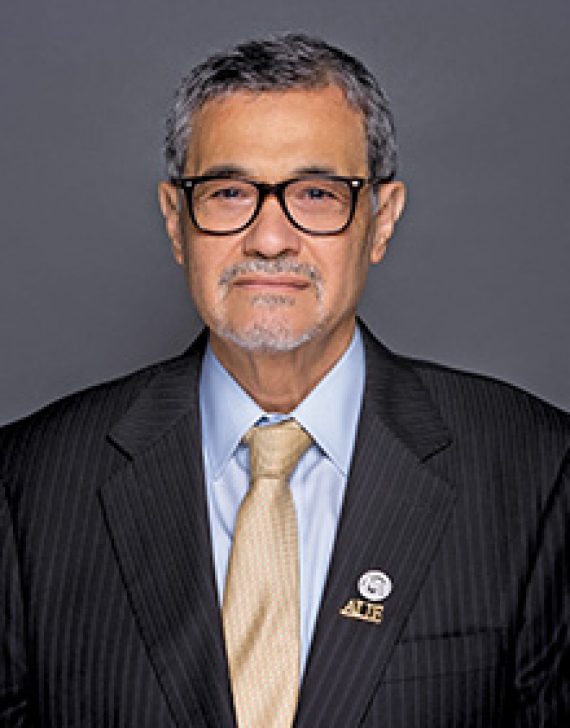
Prof. Salaheddin Abosedra
Professor
Graduation Requirements
- Earn a minimum CGPA of 2.00 on a scale of 4.00.
- Successfully complete all courses as described in the study plan.
- The Degree Completion requirements must be met within the timeframe of the program.
- Successfully complete the “Thesis” course.
Joining the Program
- Fall Semester
-
September
-
Spring Semester
- January
- Summer Semester
- May
